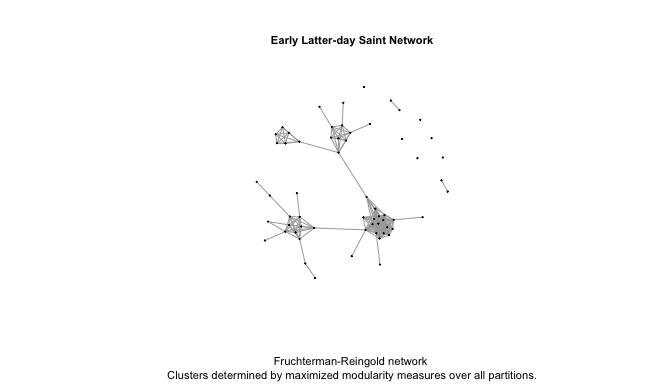Category: Church History
-
A Female Journal of Discourses
“Some called her the poetess, the presidentess, and the priestess.” This description of Eliza R. Snow and her titles was shared by Jenny Reeder in a recent interview at the Latter-day Saint history blog From the Desk about the Eliza R. Snow discourses that have been published by the Church Historian’s Press. What follows here…
-
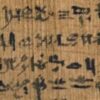
VI. Non-Egyptian Linguistic Influences on the GAEL
Champollion – and Egyptian – aren’t the only influences on the GAEL.
-

V. The GAEL’s Degrees and the Structure of Abraham 1:2b-3
Two related features of the GAEL that have been the focus of the most controversy and puzzlement are how one character might represent much longer English texts, and the GAEL’s use of a five-fold system of degrees to expand a character’s potential meaning.
-

II. What Joseph Smith Would Have Known About Champollion
Before we get to the heart of my argument – which is coming up next in a long post with a detailed look at what’s in the GAEL – we need to look at what Joseph Smith and his associates would have known about Champollion and the decipherment of Egyptian hieroglyphics by 1835.
-
Voices of the Wives of Joseph Smith
Plural marriage in Nauvoo continues to be one of the thorniest issues when discussing the life and legacy of Joseph Smith. One of the major works that helped shed greater light on the roots of plural marriage and the women who practice it with the Prophet is Todd Compton’s book, In Sacred Loneliness, published in…
-
Zion and 19th Century Cross-cultural Missionary Work
How does a faith that claims global reach while being rooted in a specific Anglo-American context in the 19th century interact with cultures that are different from the Anglo-American culture of their time? Further, how did they approach that issue while also being a pariah among the general Anglo-American culture? These are some of the…
-
Documents and a House Full of Females
Primary sources like journals and diaries are the backbone of a lot of historic research. In a recent interview with Laurel Thatcher Ulrich over at the Latter-day Saint history blog From the Desk, Ulrich discussed some of the documents she used and how she used them while writing A House Full of Females: Plural Marriage and…
-
Susa Young Gates and Joseph F. Smith’s Vision
The vision that we have printed as Section 138 was received by Joseph F. Smith in the last few months of his life. Among the very first people he asked to have review the document was none other than his friend, Susa Young Gates. In one of the excellent essays presented in the Revelations in Context book,…
-
Clare Middlemiss and David O. McKay
In a church hierarchy made up of humans, it is possible for people who we don’t usually think about to have power and influence in ways that aren’t immediately obvious. During the David O. McKay administration, his personal secretary (Clare Middlemiss) was one such person who has not commonly been discussed, but who had an…
-

If I Didn’t Believe, Part I: The Joseph Smith Trilemma, the Book of Mormon Translation, and the Witnesses
Like a lot of people who have gone through faith crises, I’ve spent some time thinking through the alternative to belief in the Church’s truth claims. If we assume that the Church isn’t what it says it is, what is the best explanation for the Church and its related claims that make sense of the…
-
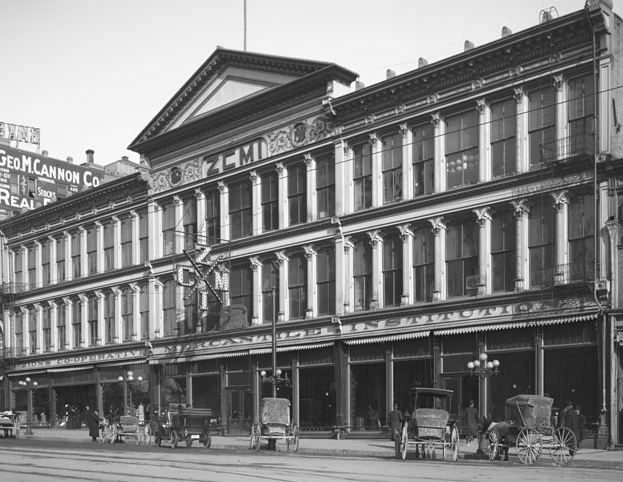
The Rise and Fall of the ZCMI
Growing up in the Salt Lake Valley, one of my family’s favorite Christmas traditions was visiting the ZCMI storefront in Salt Lake City to see a display of large ornaments decorated with candy. While that tradition is carried on by Macy’s Salt Lake City store, ZCMI is gone. But the story of how ZCMI came…
-
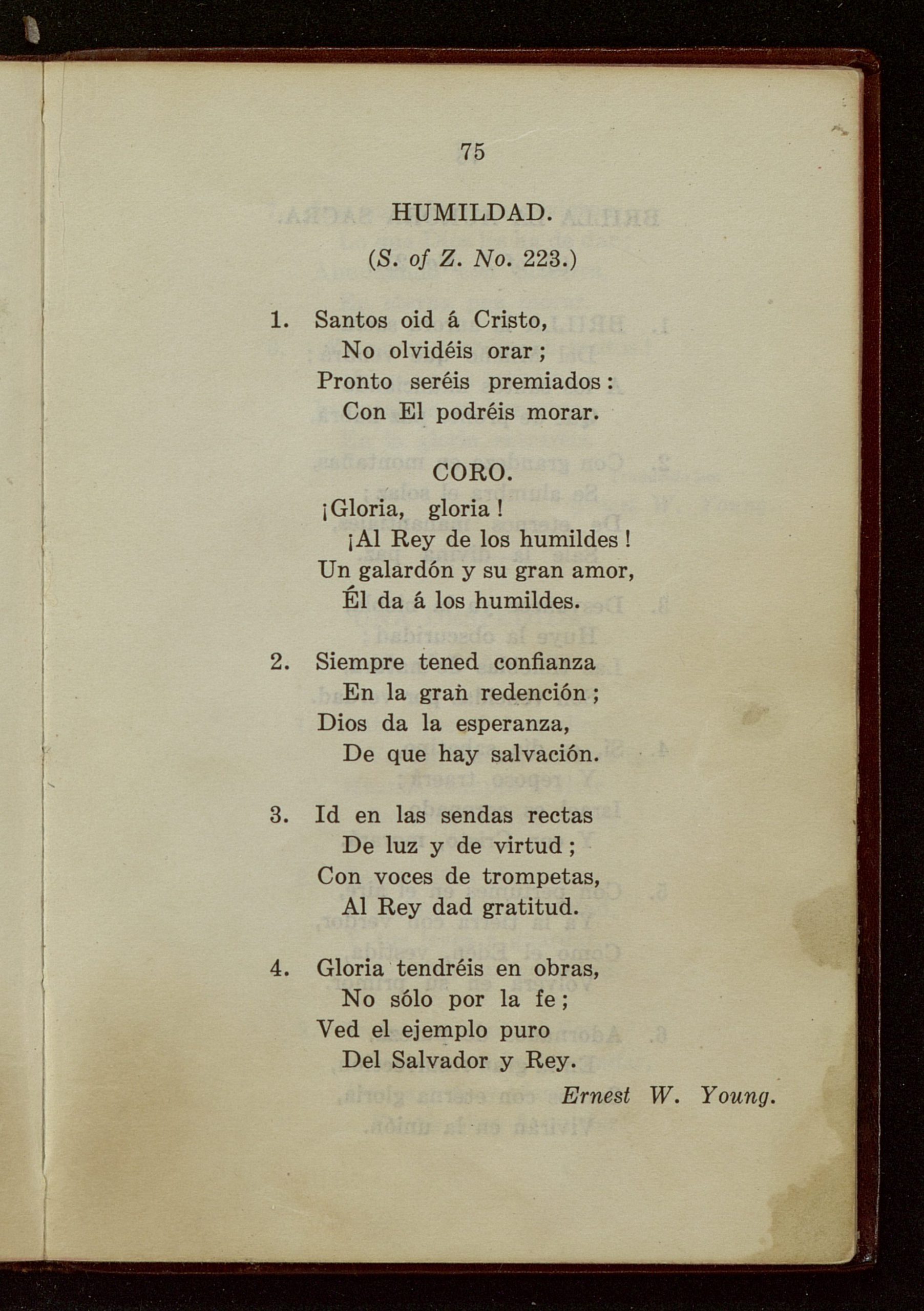
Humildad: Mexican Mission Hymns, Part 3
Oh, beloved brethren! Let us always remember the teachings of the prophets, let us always remember the teachings of our Lord Jesus Christ which he brought us in the meridian of time. Let us remember also his exhortations to our people here in the Americas, which are recorded in the Book of Mormon; let us…
-
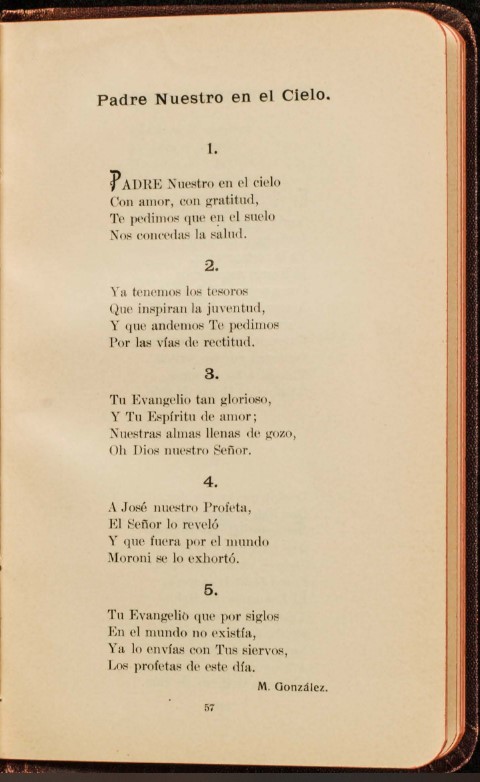
Padre Nuestro en el Cielo: Mexican Mission Hymns, Part 2
Note: This is a part of an ongoing series, the Mexico Mission Hymns Project. Hymn Text: Padre Nuestro en el Cielo by Manrique González was one of the earliest-published Spanish hymns in the Church of Jesus Christ of Latter-day Saints. It was published in the 1907 Mexican Mission Himnario Mormón (p. 57, see Figure 1)…
-
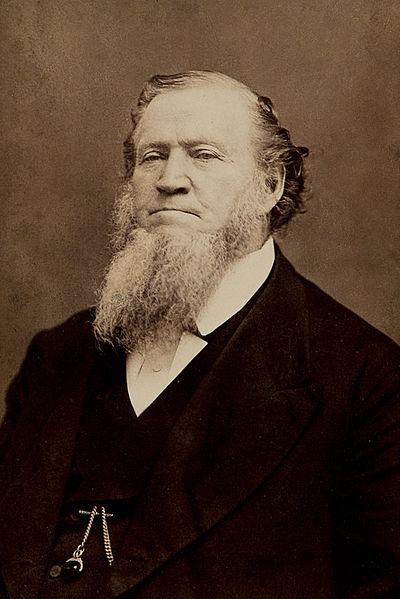
Looking at the Prophet Anew (Brigham Young edition)
How we understand and view President Brigham Young as the second prophet of the Restoration is often in a much more negative light than how the Prophet Joseph Smith is viewed. In a recent interview at the Latter-day Saint history blog From the Desk, Chad Orton discusses some of why that is and offers additional thoughts…
-
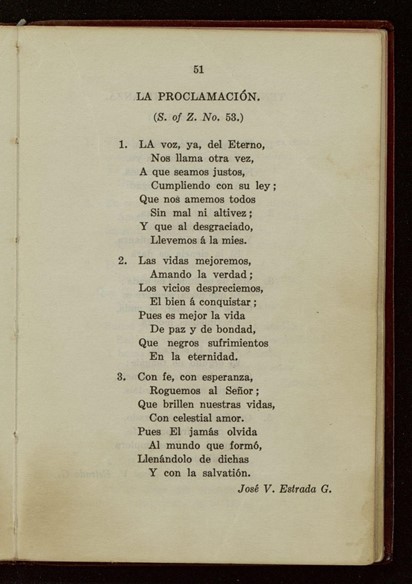
La Proclamación: Mexican Mission Hymns, Part 1
“I know for myself that Joseph Smith was a prophet because I have applied the simple promise in the Book of Mormon: ‘Ask God, the Eternal Father, in the name of Christ’ (Moroni 10:4). In simple words, look up.”[1] ~Adrián Ochoa Note: This is a part of an ongoing series, the Mexico Mission Hymns Project.…
-
Shaking the Dust from Your Feet
Have you ever performed a ritual shaking of the dust from your feet? I never have (in fact, I’m pretty sure I was specifically instructed to not do that as a missionary), though as a 20-year old, I was somewhat tempted while serving a full-time mission on a few occasions. In an interview over at…
-
Grass Roots in Mexico
Grass Roots in Mexico: Stories of Pioneering Latter-day Saints by F. LaMond Tullis (Provo: Religious Studies Center, Brigham Young University, 2021) was one of the books I was most excited to see on the lists of books coming out in 2022. Released in early July, Grass Roots in Mexico offers an important glimpse into the…
-
Women and the Priesthood with Lisa Olsen Tait
“Do women have the priesthood?” You would think the answer would be a simple yes or no for members of the Church of Jesus Christ of Latter-day Saints. The reality, however, seems to say differently, with people arguing for a whole spectrum of answers while discussing this topic of perennial interest. In a recent interview…
-
A Time When Tithing was Almost Done Away
In the aftermath of the US Civil War, the Church faced a heavy tax settlement that led to a contemplated hiatus in requiring tithing. In a recent interview over at the Latter-day Saint history blog From the Desk, Samuel Brunson discussed how that situation came about, what the leaders of the Church tried in order…
-
Three Degrees
Language is a tricky thing. Sometimes, when someone says a word, it can mean something very different to them than it does to us. This can be particularly true when that person is from the past and the exact meaning of a word changes over time. In a recent interview with Bryan Buchanan about an…
-
Method Infinite: On Masonry and Mormonism
The recently-published Method Infinite: Freemasonry and the Mormon Restoration by Cheryl L. Bruno, Joe Steve Swick III, and Nicholas S. Literski (Greg Kofford Books, 2022) is an insightful and information-packed volume about a plethora of possible points of contact between Freemasonry and the Restoration of the Church of Christ. While many studies of Masonry and…
-
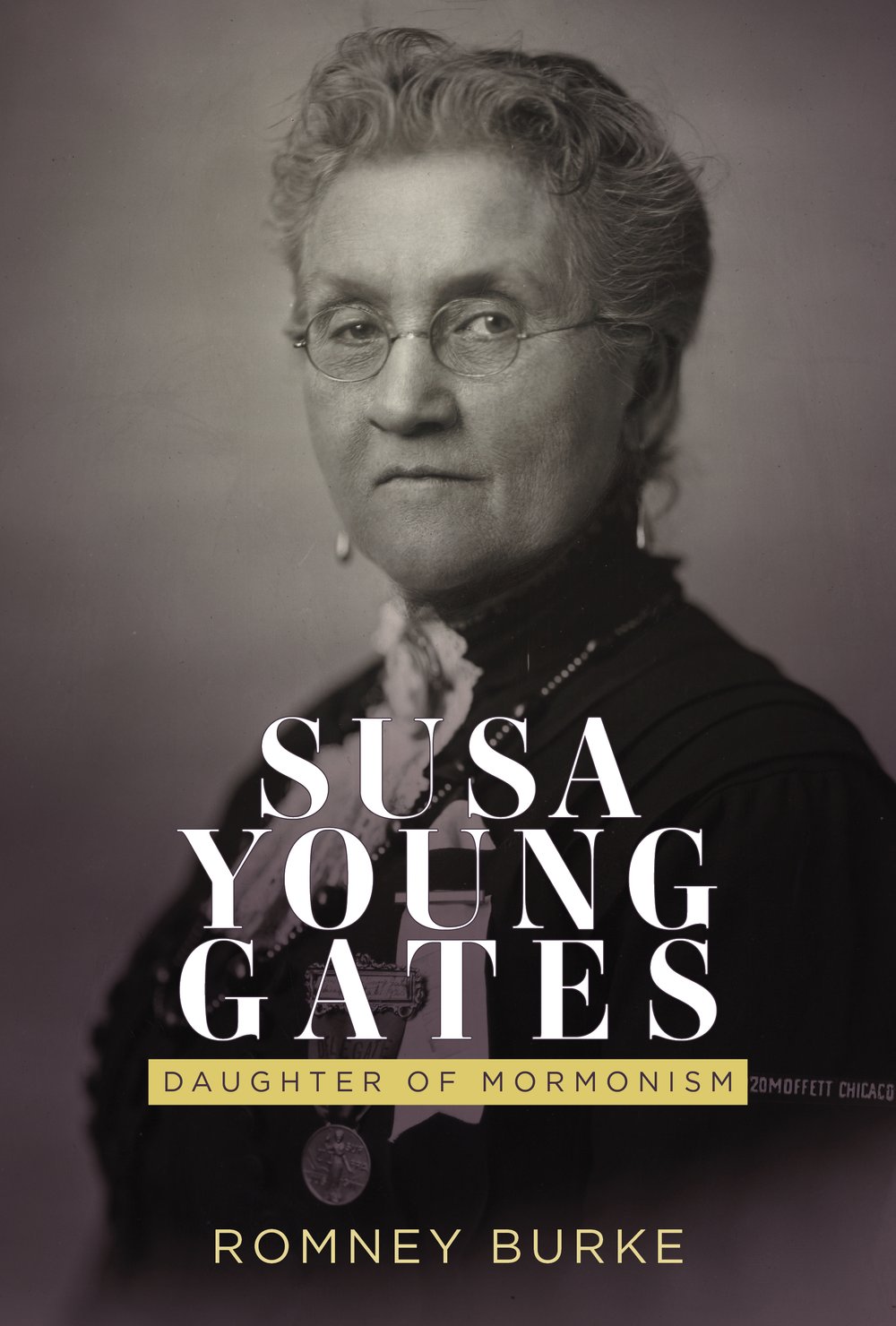
Daughter of Mormonism
Susa Young Gates was an interesting and important personality, and Romney Burke’s recently-published biography Susa Young Gates: Daughter of Mormonism (SLC: Signature Books, 2022) provides a well-researched glimpse into her life. Perhaps the best-known daughter of President Brigham Young, Susa led a life as a prominent figure in the Church of Jesus Christ of Latter-day Saints. …
-
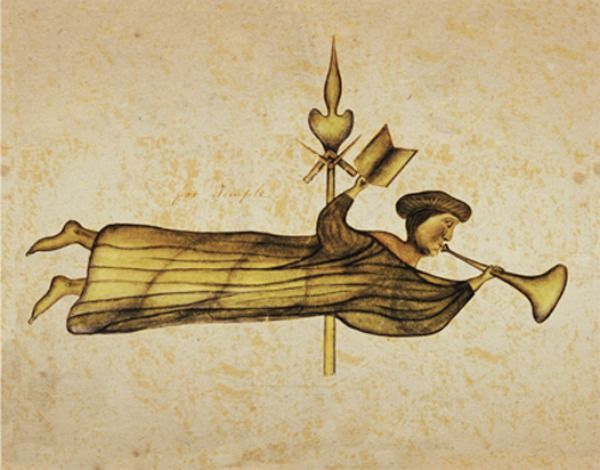
Masonry and Mormonism
The relationship between Freemasonry and the Church of Jesus Christ of Latter-day Saints is a subject of controversy for members of the Church. In the near future, two important studies of that relationship are slated to be published – Method Infinite: Freemasonry and the Mormon Restoration by Cheryl L. Bruno, Joe Steve Swick III, and…
-

Three More Points About That Picture
After the initial splash of the purported Joseph Smith photo being revealed there have been various strands of takes, two of which I thought worth briefly addressing. Also, there’s one more point I haven’t seen anybody address but thought I should raise. He’s too old! I’m surprised at how many people, some of them rather…
-
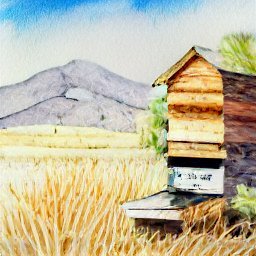
The Poisoning of Deseret
One biographer of the famed British composer and ethnomusicologist Ralph Vaughan Williams posted a question – how could Vaughan Williams be both a socialist and a nationalist at the same time? One tended towards trying to eliminate boundaries and differences while the other tended toward glorying in boundaries and difference. He answered through two different…
-

A Few Questions About That Picture
I’ve now read the John Whitmer Historical Association Journal article that detailed the evidence for the authenticity of the purported Joseph Smith photo, and I am more than 50% convinced that it is authentic. The provenance of the locket combined with the facial match is interesting, but a few points. Even as a statistician I’m…
-
Consecration and Tithing
What do you think of when you hear about the law of consecration? For me, the initial images that flash through my mind have to do with past attempts in the Church to implement programs like the United Order of Enoch in various communities in the Midwest and Utah during the 1800s. Yet, I also…
-
The Pony Express Before the Pony Express
Growing up in Utah, I remember a time when my parents took me out to a remote location where there was a reenactment of the Pony Express, a famous mail system in the western United States of America that facilitated fast communication. As noted in a recent interview at the Latter-day Saint history blog From…
-
Relief Society Records
Documents feel like treasures to me. They give insight into the past and have to be mined to get everything you can out of them. Because of that, it’s really exciting that the Church has begun to release minutes from the Relief Society General Board. In a recent interview at the Latter-day Saint history blog…

